Hello Steemers! Today I will talk about a topic that generates fear of the patient in a dental practice. The root canal treatment. I will also present a clinical case made by me.
The root canal treatment is a process that involves the extraction of the dental pulp to later fill the space it was occupying.
It is indicated in teeth with caries that affect the pulp chamber or caries that have a long time and have formed abscesses.
In order to carry them out, it must be taken into account that an absolute isolation must be placed in order to avoid contamination of the root canal with bacteria in the oral cavity and the result to be successful.
At the first appointment, an initial x-ray of the tooth is taken. Measure the canal, isolate it, remove the caries and open the chamber. For the opening of the chamber, it is recommended to use an endo Z bur because its tip is not active and does not wear the floor of the pulp chamber.
Then the location of the root canal is performed. In this case it was a second right premolar. These teeth usually have a unique root canal. When locating the duct, a file is introduced to the measurement of the duct and the X-ray of the conductometry is taken to make sure that the measurement of the duct is adequate.
Once this measure is assured, we proceed to carry out the biomechanical preparation. In this case I used the standardized technique until file 40 washing and drying the duct between each file with sodium hypochlorite.
In the second appointment, a cone-shaped radiograph is taken with the gutta-percha of the number of the last file inserted, making sure that it is adjusted in the canal.
The canal is sealed with endometazone and accessory cones of half the number of the standard cone condensing with the digital spacers are used. A plume x-ray is taken to make sure that the canal is not well blocked.
Once the canal has been sealed, the gutta-percha is condensed with a hot Morthonson condensador, taking care that it is only in the entrance of the canal. And depending on the restoration material that is going to be used, a zinc oxide base can be placed with eugenol or glass ionomer.
In the third appointment, the base is carved and the restoration is carried out, trying to return the anatomy to the tooth.
I hope this information has helped you. If you liked it, do not forget to leave your vote and if you want to see more publications of this type, give me follow
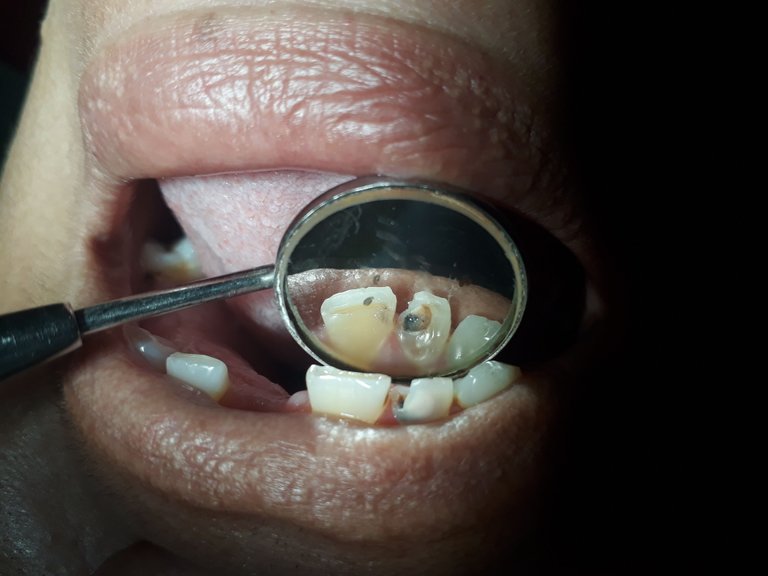
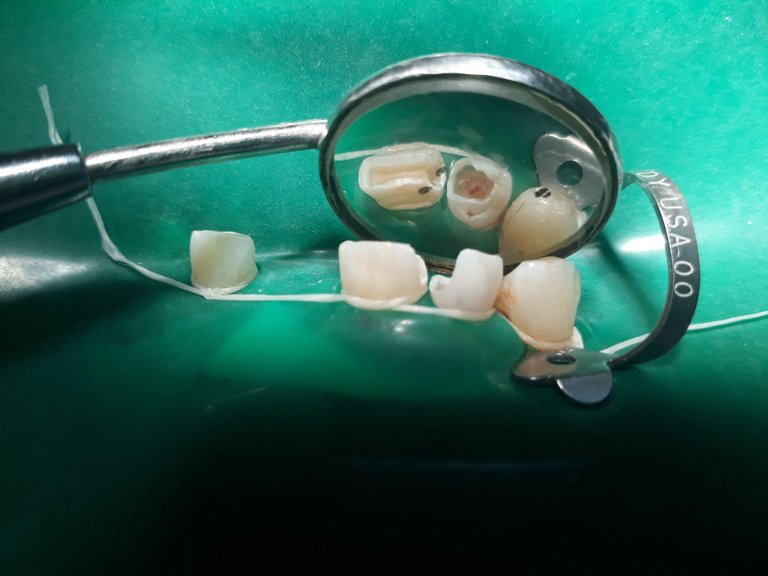
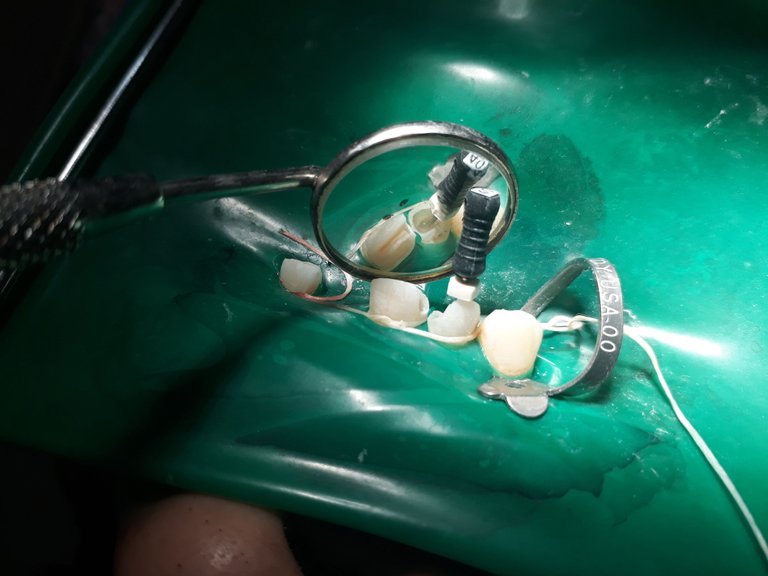
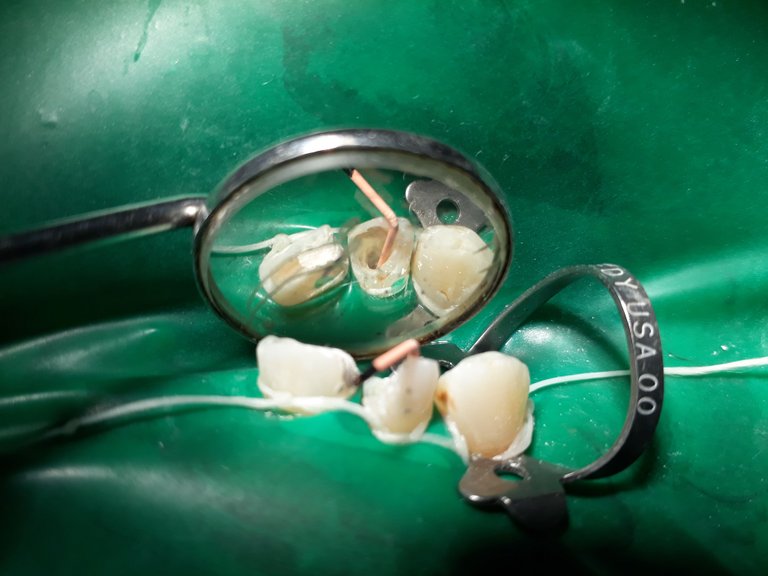
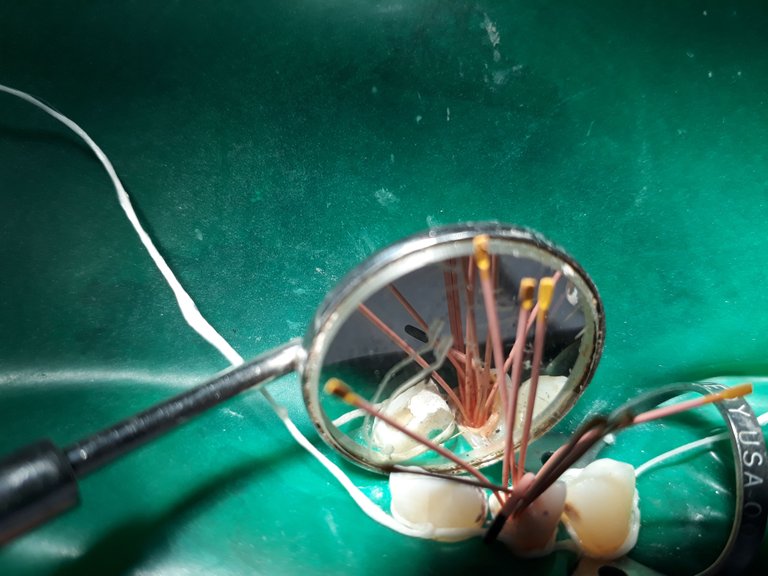
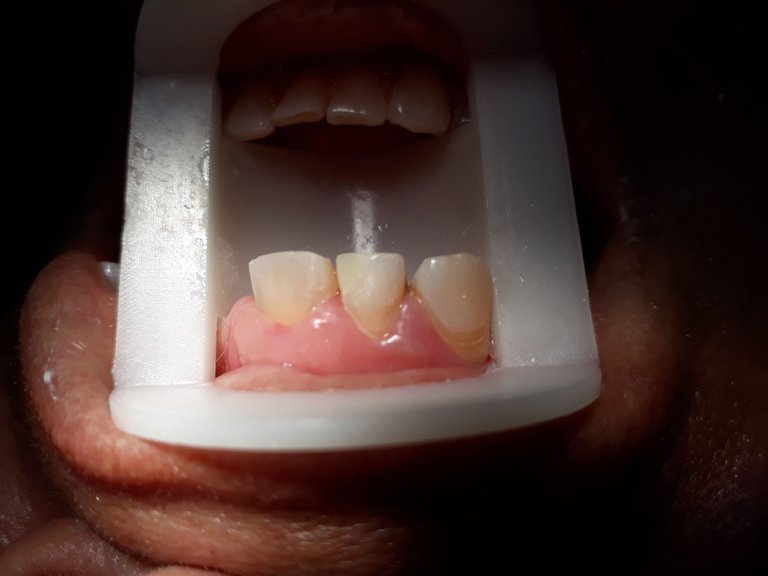
Hi! I am a robot. I just upvoted you! I found similar content that readers might be interested in:
https://www.livejournal.com/manage/settings/?cat=display
no te pierdas sigue posteando! asi te salga cheetah! :D